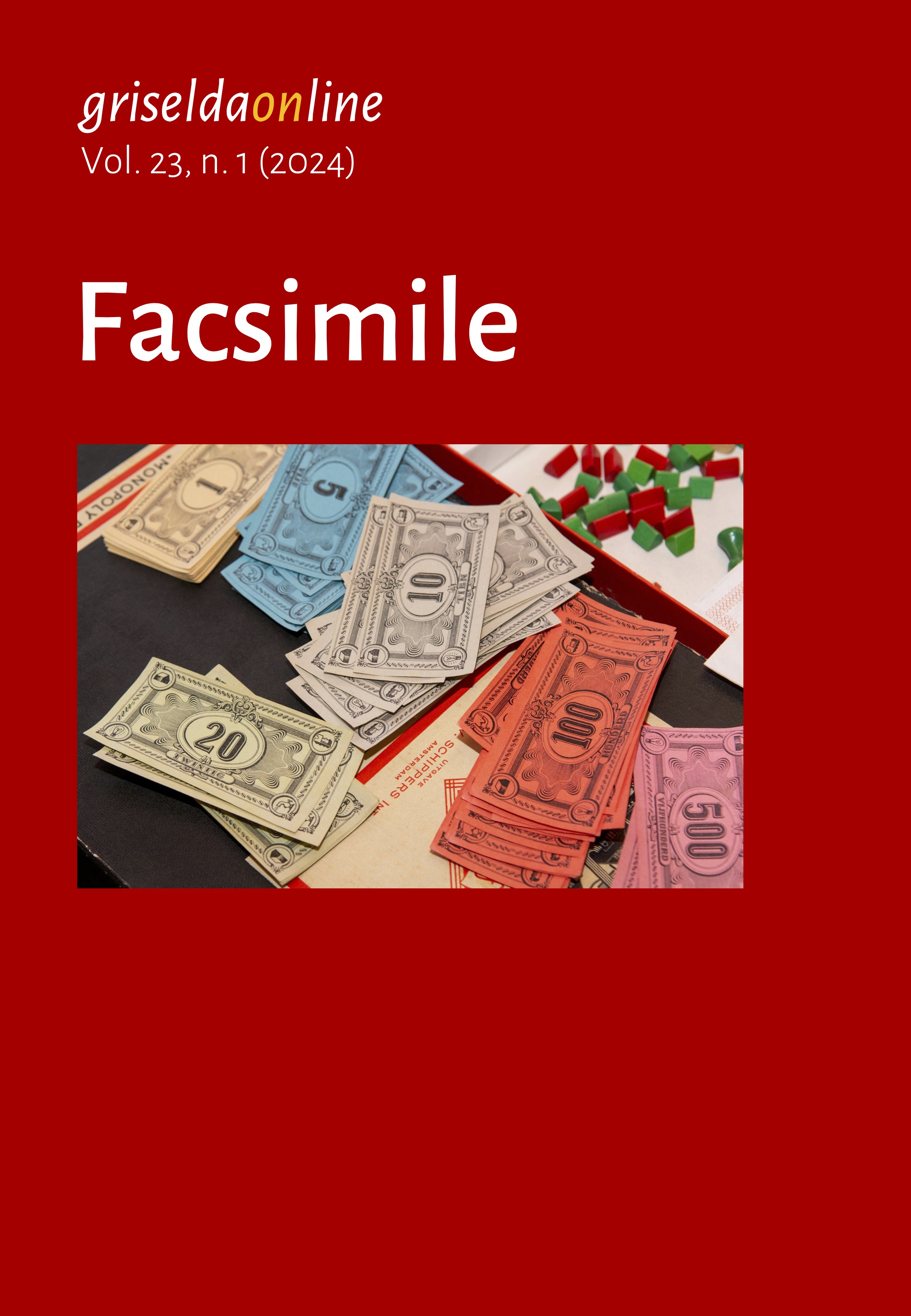From Gospels to Boethius. The third rhyme as a metre for vernacular translation
DOI:
https://doi.org/10.6092/issn.1721-4777/19321Keywords:
Alberto della Piagentina, «Comedy», Dante, third rhyme, vernacular translationAbstract
The paper aims to conduct a rhythmic and syntactic study of the third rhyme as a metre for medieval vernacular translations. Since scientifically reliable and specific tools for the rhythmic and syntactic analysis of the tercets are already available for Dante’s Commedia, the verses of Purg., XI, 1-24, in which the proud souls recite a vernacular version of the Pater noster from Matt. VI, 9-13, has been chosen as the starting point of this essay. After this preliminary section and using the same method, the study focuses on how the third rhyme works in a sample of passages from the vernacular version of Boethius’ Consolatio philosophiae, composed by Alberto della Piagentina in the first half of the 14th century. Thanks to this privileged point of view, the comparison between the two works opens up a new perspective to the stylistic study of the third rhyme, allowing the subtle differences that characterise the style of the two different authors to emerge and making possible a better understanding of how the metre works.
Downloads
Published
How to Cite
Issue
Section
License
Copyright (c) 2024 Ugo Conti

This work is licensed under a Creative Commons Attribution-ShareAlike 4.0 International License.





